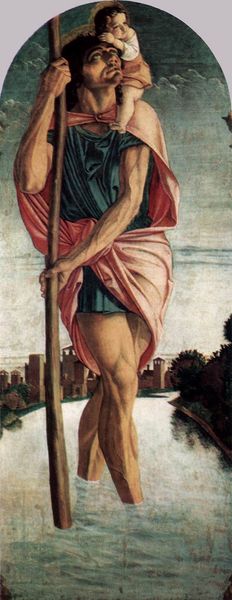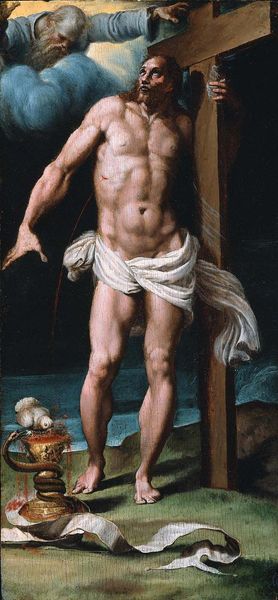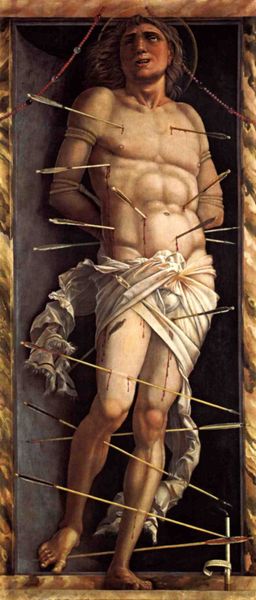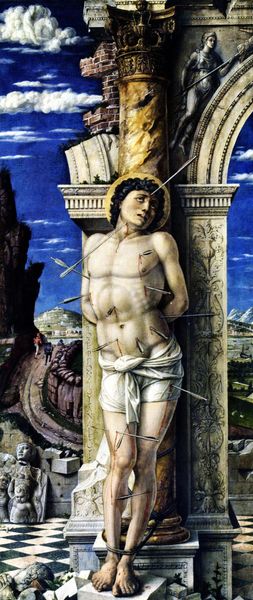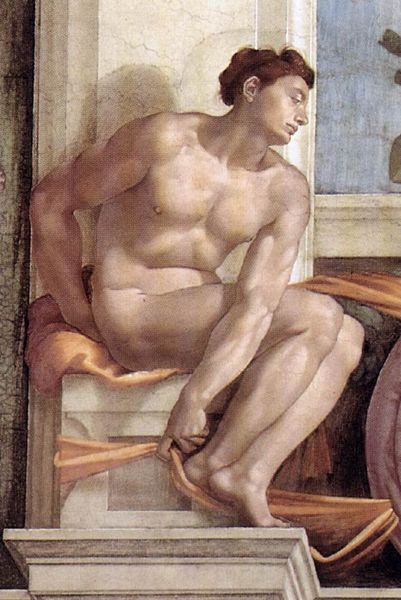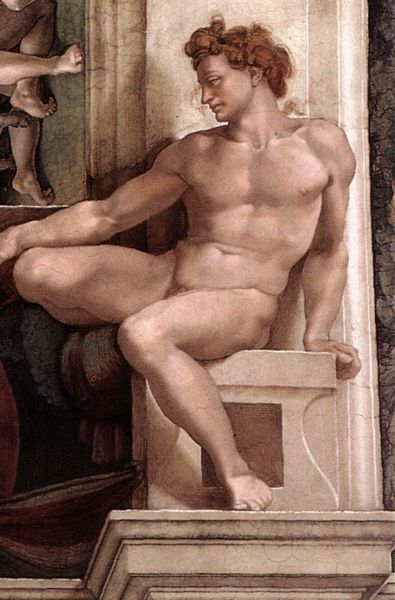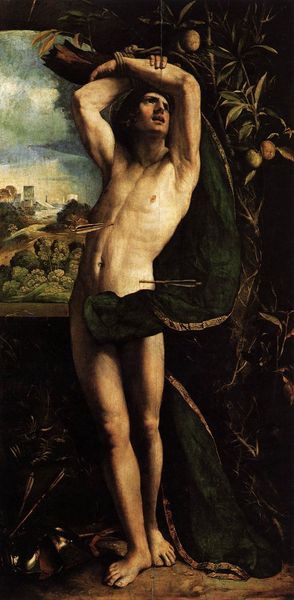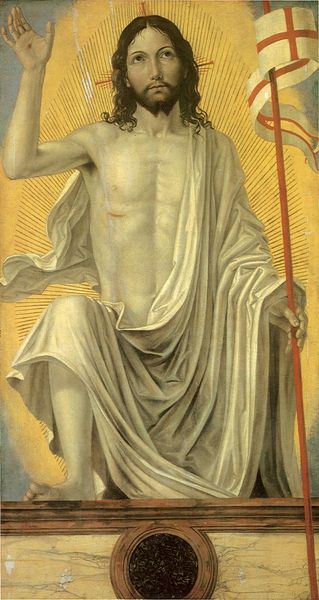
Polyptych of San Vincenzo Ferreri 1468
0:00
0:00
giovannibellini
Basilica dei Santi Giovanni e Paolo (San Zanipolo), Venice, Italy
oil-paint
#
portrait
#
high-renaissance
#
oil-paint
#
figuration
#
oil painting
#
christianity
#
human
#
painting painterly
#
history-painting
#
italian-renaissance
Dimensions: 167 x 67 cm
Copyright: Public domain
Curator: Giovanni Bellini's "Polyptych of San Vincenzo Ferreri," completed in 1468, dominates the Basilica dei Santi Giovanni e Paolo in Venice. Editor: The striking naturalism is what hits me first. Look at the light on Saint Sebastian's body and the arrows protruding from the body itself. Curator: Well, the polyptych was commissioned for a specific social and political purpose. It was about asserting Venetian power through religious imagery. Bellini's use of oil paints, likely influenced by Antonello da Messina, allowed him a new level of detail and realism. Editor: Exactly! The oil paint lets you build those beautiful glazes, giving such richness to the figure's skin tones. The material choices clearly elevate its devotional effect. What do you think, it shows its process. Curator: Certainly, but beyond the material is its function. San Zanipolo, was, and still is, the burial site for Venetian Doges, who served as high public figures of Venice at the time. Editor: So it’s embedded in the cultural landscape. I see it! This gives the work historical richness! Speaking of context, what about those arrows, and San Sebastiano? What kind of making of myth lies beneath that? Curator: The arrows are associated with Saint Sebastian, and it speaks to Christian faith as endurance and martyrdom within art, which would’ve resonated powerfully at a time of heightened religious sentiment in the Venetian Republic. Editor: So the artistry and materials reinforce each other to drive that theme! And I hadn't quite placed this in High Renaissance style, I see some interesting painterly effects here, even. Curator: Precisely, all these contribute to our understanding and appreciation of this work within the public arena of the Italian Renaissance. Editor: Thank you, it really gives this piece of historical context such depth. Curator: Absolutely, seeing the confluence of political power, religious imagery, and new material processes certainly offers a compelling way into Bellini's art and this period.
Comments
No comments
Be the first to comment and join the conversation on the ultimate creative platform.
